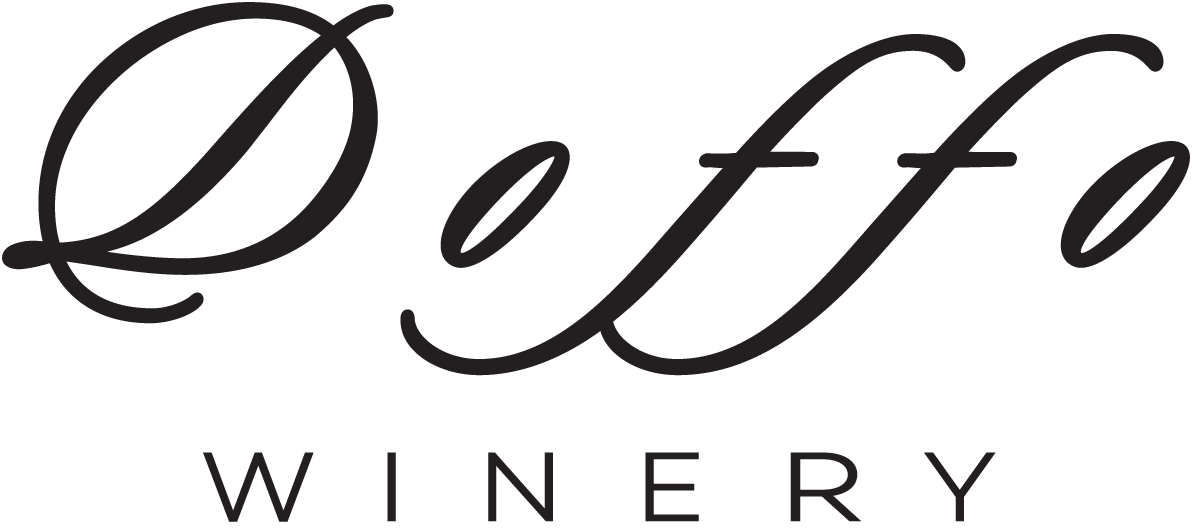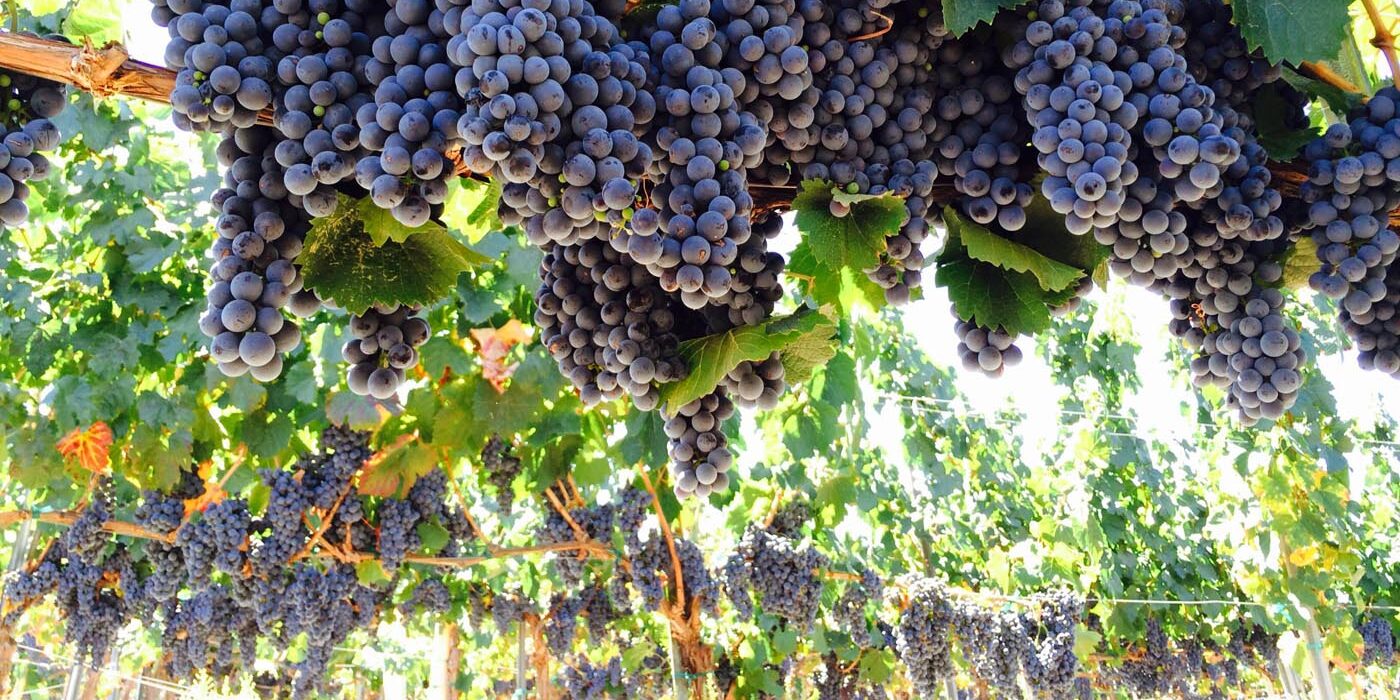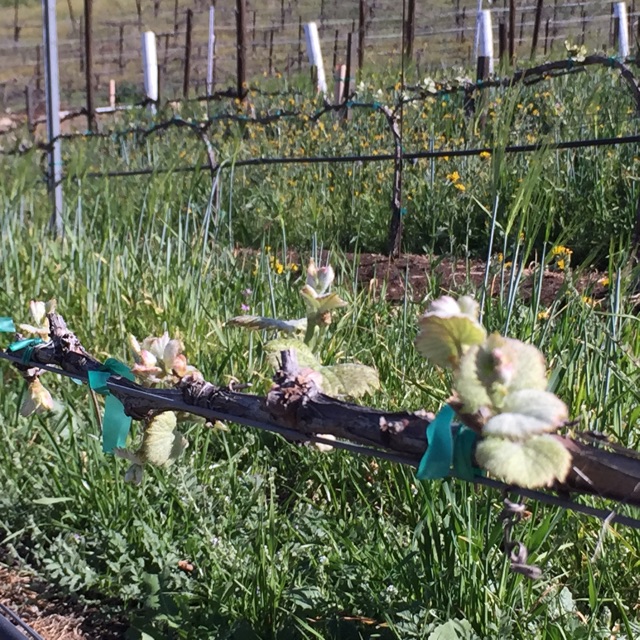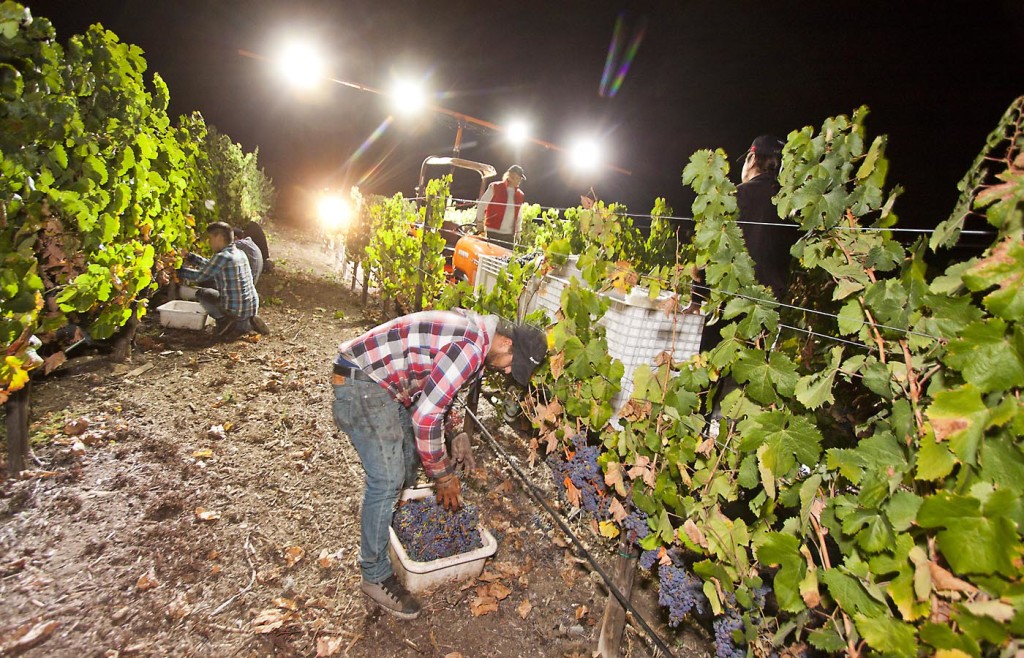Spring marks that wonderful time of the year when the weather starts to warm up, flowers begin blooming and backyard barbeques (at least for those of us in California). For us vineyard managers / winemakers, the first sign of bud break sends signals to your brain that let you know that the countdown to harvest has begun. The vineyard manager side of me starts tackling the vineyard tasks; watering schedule, petiole analysis, soil analysis, fertilization schedule, farming schedule and of course all the data logging! It may seem a bit compulsive but I truly believe that high quality fruit producing vineyards always have at the very least one person, if not, a team of people, making sure all these task are done at very precise times. Timing in vineyard management is everything, nature waits for no one. The vines do their part of piling on the stress as you can literally watch them grow, with some vineyards being rumored to grow almost an inch per day!
One of the early vineyard tasks and my personal favorite is shoot thinning; where vineyard hands go through and knock off unfavorable new growth leaving behind select shoots that are in the best growing position, leaving just enough space between shoots for the future grape clusters to hang but not overlap. This is a subject of much debate especially between growers and winemakers; the grower who gets paid on tonnage will be more inclined to leave more shoots on the cordon, more shoots equals more fruit, which equals more money.
Only a couple of weeks pass before the crew has to go right back into the fields and begin de-leafing the fruit zone of the vines. The shoot thinning opens up space for the fruit to hang, but now that you actually have fruit hanging albeit they are the size of a BB. Exposure to the sun is a must. Sun exposure on these micro-grapes is essential in the terms of producing color. The grape vine responds to the sunlight and heat by protecting itself and producing layer upon layer of skin which eventually will house the color pigments. With the leaf pulling done, up next comes veraison; when the grapes turn from green to purple, and with veraison comes cluster thinning! The crew goes back into the vineyards and begins dropping clusters. Our crew is mostly focused on a few types of clusters, the first being what we call pee-wee clusters, which are small secondary clusters that may or may not be in the fruit zone but they do utilize energy and nutrients from the prime clusters. They also are instructed to drop the second or third cluster on a shoot due to its distance from the cordon, the thought process being that those clusters aren’t receiving the ideal sunlight and nutrients.
The final farming stretch looms as harvest is now right around the corner. It’s a matter of collecting information on tonnage estimates and doing lab analysis on the different vineyard blocks to determine which will be harvested first. The whirlwind of harvest only last about 30 to 45 days for a winery of our size but the farming never stops. After harvest comes post harvest fertilization and cover crop seeding which is done to prepare the vines for the so called off season!










I was wondering what event will coincide with our visit on May 30th? We (6 friends or 3 couples ) are going wine tasting and dinner. Let me know so we can stop by….Thanks, Sandra
Hi Sandra,
Saturday May 30th we will be hosting our 2nd Annual Fundraiser for the Kurt Caselli Foundation (you can learn more and pre-purchase tickets here: http://shop.doffowines.com/res-364247/2nd-Annual-Motodoffo-Caselli-Foundation-Benefit.html). Event tickets are not mandatory to stop by for a tasting, our tasting room will be operating during its normal hours that day. The majority of our grounds will be reserved for event activities and attendees, but you can always stop by and purchase event tickets on-site if you’re interested in checking it out.